| Coad | 670201 | Substrate | Liquid Crystal Polymer / N-BK7 | |
| Type | Checkerboard Grating | Clear Aperture | 15.0 x 15.0mm | |
| Dimension(mm) | 25.4 x 3.2 | RMS | ±5nm | |
| Wavelength(nm) | 1064 | Diffraction Efficiency | >60% | |
| Pixel Size (µm) | 36.0 x 36.0μm | Transmittance | >98% | |
| Beam Split Uniformity (%) | >90% | Zero-Order Intensity Ratio | <0.1% | |
| Operating Temperature | -20 - 80℃ | Surface Quality | 60-40 | |
| Transmission Wavefront Deviation | <λ/4@633nm | Coating Type | AR Coating | |
| Coating Specifications | Ravg<0.5 %@700-1100nm | |||
LBTEK checkerboard gratings (CG) are fabricated using N-BK7 glass substrates combined with liquid crystal polymer (LCP) birefringent materials, forming a “glass substrate–LCP functional layer–glass substrate” sandwich structure. They are unmounted, with a single-side 1.5 mm chamfer. Within the LCP layer, liquid crystal molecules are arranged in a checkerboard-like structure, with a uniform orientation angle inside each pixel cell and a π phase difference between adjacent cells. The entire device plane provides a uniform λ/2 retardation, making it a single-wavelength device.
Checkerboard gratings are mainly used to achieve uniform 2×2 beam splitting. Compared with the three-layer structure of cascaded gratings, a single checkerboard grating can realize 2×2 splitting, making it easier to integrate. LBTEK offers standard checkerboard gratings with operating wavelengths of 532 nm, 633 nm, and 1064 nm, with a pixel size of 36 × 36 µm, while also supporting flexible customization of specifications.
LBTEK checkerboard gratings are fabricated on N-BK7 window substrates with a double-layer structure and a total thickness of 3.2 mm. Across the entire clear aperture, they provide a uniform phase retardation equal to half of the operating wavelength (λ/2). At the operating wavelength, the phase difference between the output beams of adjacent pixel cells is π, thereby forming a specific diffraction pattern.
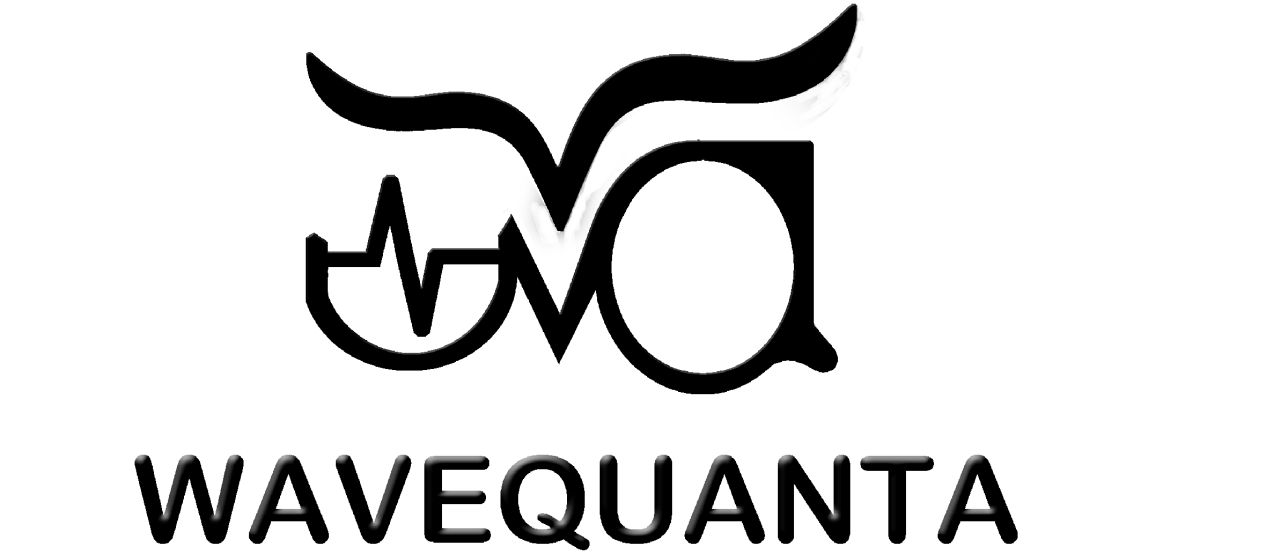



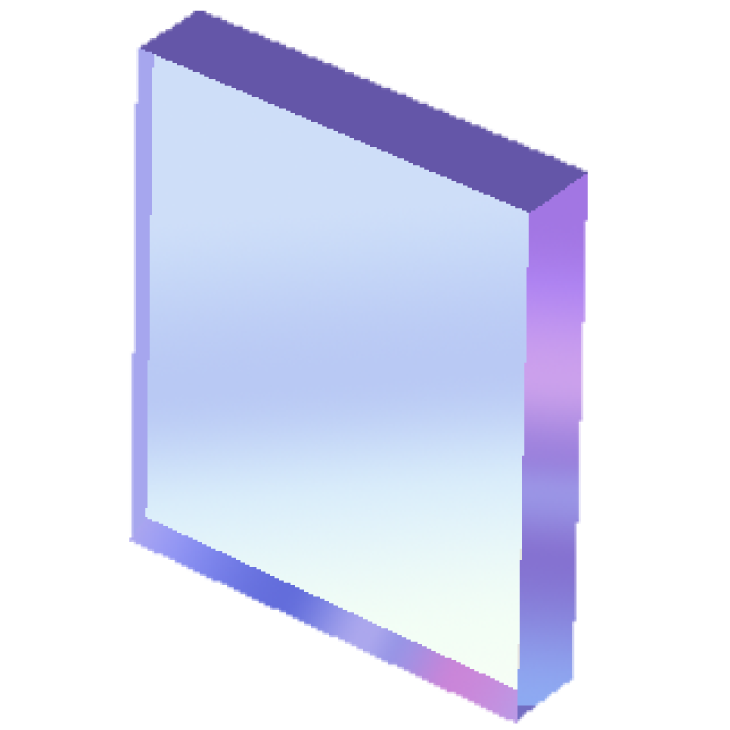
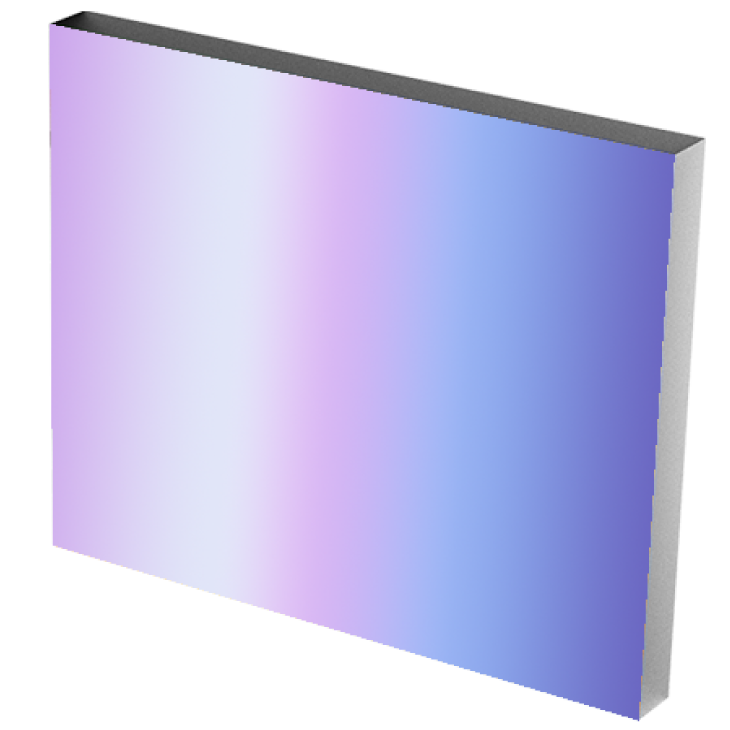



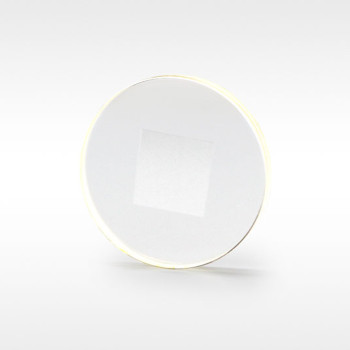

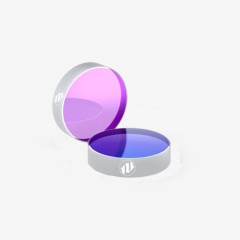
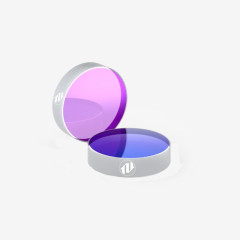
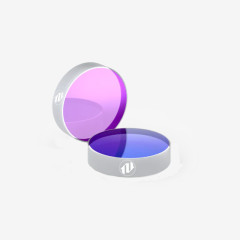
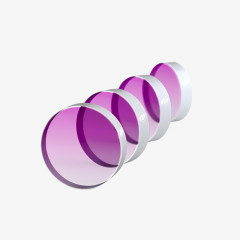
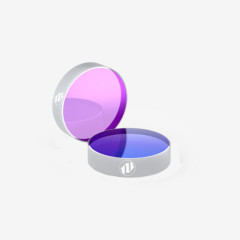
Product evaluation
%High praise
There are comments